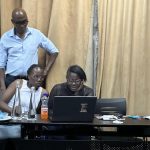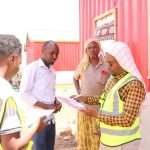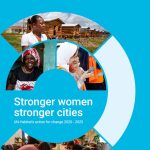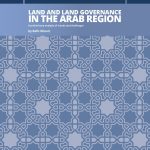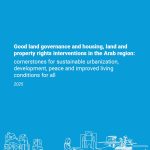Nairobi, Kenya, 17th July 2014: Over the last year and with support from GLTN, Pamoja Trust and the Technical University Kenya (TUK), the Mashimoni No. 10 community within the Mathare slum area in Nairobi, Kenya, has been implementing the Social Tenure Domain Model (STDM), one of the GLTN land tools, in their informal settlement. Data on all the structures, its owners and possible tenants have been collected, including photographs of each person in front of his/her structure. Based on a 10 cm resolution ortho-rectified aerial image, the structures have been digitized and numbered.

Community members, students, Pamoja staff and prof. Zevenbergen (at the back) in the Mashimoni Resource Centre. Photo by: Mashimoni Community Member
STDM was used as the platform to link the mapping information and the personal information, whereby the data-entry was done by trained (young) community members, with the assistance of 4th year Land Administration students from TUK. Formal letters were sent to the relevant government bodies to request the land to be granted to the community, and a CD with the information was added to these letters. The Kenyan Department of Defense, the original owner of the land, has already agreed to release the land.
On 17th July 2014, prof. Jaap Zevenbergen from the University of Twente-ITC, The Netherlands, who sits on both GLTN’s International Advisory Board and the STDM Advisory Committee, visited the community, together with the students and Pamoja Trust representatives. The great accomplishments and impact of STDM were demonstrated and discussed, as well as the remaining challenges. It is clear that STDM really helps catalyzing community mobilization, clarifies which members will profit from future upgrading and helps inform and convince government officials. The question whether and when the land will be granted, however, also depends on political and administrative goodwill.

